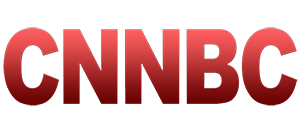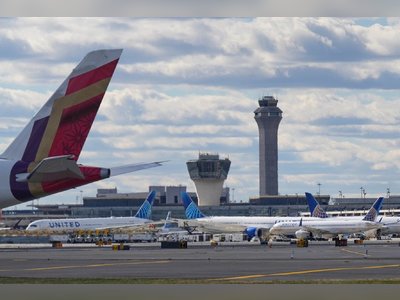White House Unveils Multi-Pronged Strategy to Tackle Cost of Living After Election Wake-Up Call
The administration targets tariffs, direct payments and antitrust probes in a bid to ease consumer burdens under President Donald Trump
In the wake of voter backlash over soaring household costs, the White House has launched a comprehensive strategy to bring relief on the cost of living across the United States.
While reducing tariffs on everyday goods remains a visible tool, the administration is now also exploring direct payments, fresh antitrust investigations and other measures aimed at restoring affordability for American families.
One key element under review is a proposal to issue direct payments of two thousand dollars or more to eligible households, designed to provide immediate relief ahead of the next election cycle.
Administration officials say such payments would supplement broader policy changes to ease financial pressure, rather than replace them.
In tandem, the Department of Justice is preparing an antitrust probe into major meat-packing companies, amid allegations that collusion is keeping beef prices artificially high.
The inquiry reflects an effort by the White House to shift the focus from tariffs alone to corporate behaviours that may be contributing to elevated costs.
On the trade front, the White House is weighing tariff reductions on everyday imports including coffee and fruit.
While President Trump previously pursued aggressive trade tools such as tariffs to level the playing field under the “America First” agenda, the new effort seeks to use tariff relief directly to reduce prices at the consumer level.
These initiatives come amid a recent turn in voter sentiment, with cost of living listed as the dominant concern in several state elections.
In internal discussions and strategic briefings, Republican Party strategists note that the window for translation of economic policy into political strength is narrowing.
A White House fact-sheet from earlier this year under President Trump’s emergency price-relief memorandum outlined broad objectives—including lowering housing and healthcare costs, expanding housing supply and cutting needless regulation.
The newly surfaced plans build on that foundation and reflect a heightened urgency within the administration.
The next phase will involve detailed implementation steps: legislative or executive action on direct payments, formal targets and timelines for antitrust enforcement, and negotiations or proclamations to reduce tariffs.
As policymakers accelerate these efforts, the overarching goal remains clear: to show that prices can come down and that government is delivering meaningful relief.
While reducing tariffs on everyday goods remains a visible tool, the administration is now also exploring direct payments, fresh antitrust investigations and other measures aimed at restoring affordability for American families.
One key element under review is a proposal to issue direct payments of two thousand dollars or more to eligible households, designed to provide immediate relief ahead of the next election cycle.
Administration officials say such payments would supplement broader policy changes to ease financial pressure, rather than replace them.
In tandem, the Department of Justice is preparing an antitrust probe into major meat-packing companies, amid allegations that collusion is keeping beef prices artificially high.
The inquiry reflects an effort by the White House to shift the focus from tariffs alone to corporate behaviours that may be contributing to elevated costs.
On the trade front, the White House is weighing tariff reductions on everyday imports including coffee and fruit.
While President Trump previously pursued aggressive trade tools such as tariffs to level the playing field under the “America First” agenda, the new effort seeks to use tariff relief directly to reduce prices at the consumer level.
These initiatives come amid a recent turn in voter sentiment, with cost of living listed as the dominant concern in several state elections.
In internal discussions and strategic briefings, Republican Party strategists note that the window for translation of economic policy into political strength is narrowing.
A White House fact-sheet from earlier this year under President Trump’s emergency price-relief memorandum outlined broad objectives—including lowering housing and healthcare costs, expanding housing supply and cutting needless regulation.
The newly surfaced plans build on that foundation and reflect a heightened urgency within the administration.
The next phase will involve detailed implementation steps: legislative or executive action on direct payments, formal targets and timelines for antitrust enforcement, and negotiations or proclamations to reduce tariffs.
As policymakers accelerate these efforts, the overarching goal remains clear: to show that prices can come down and that government is delivering meaningful relief.











